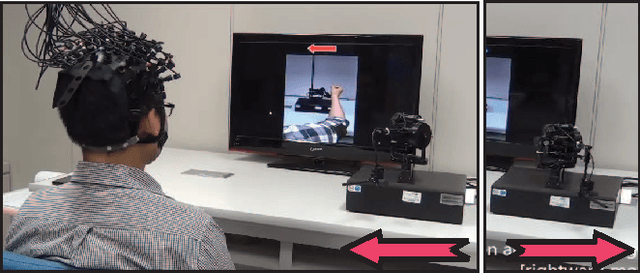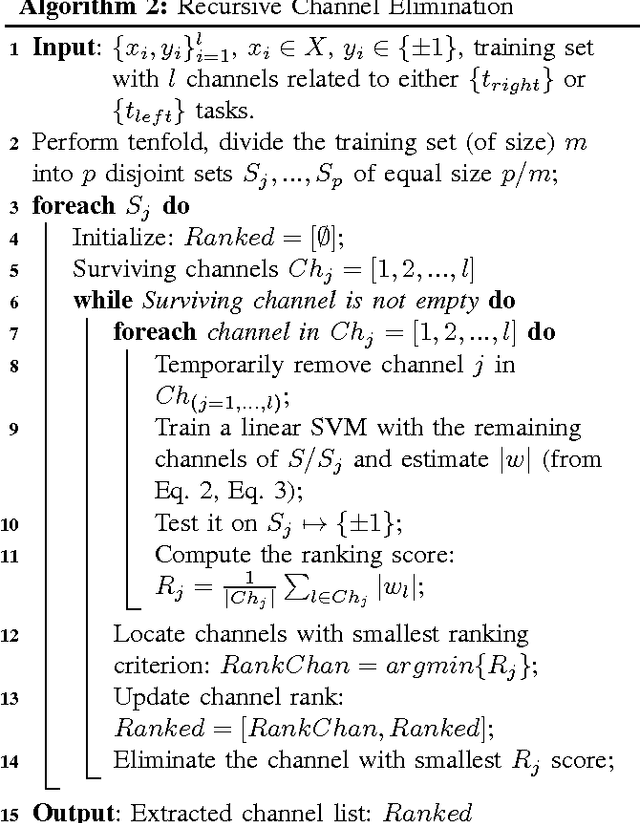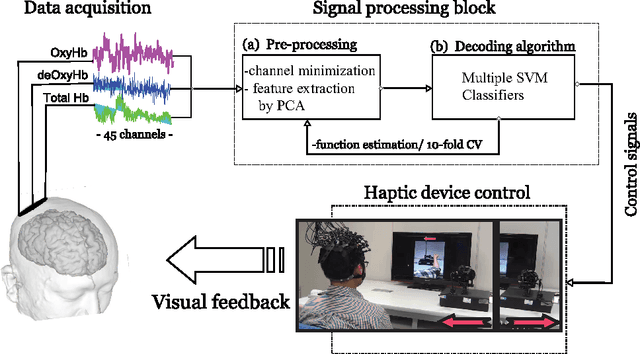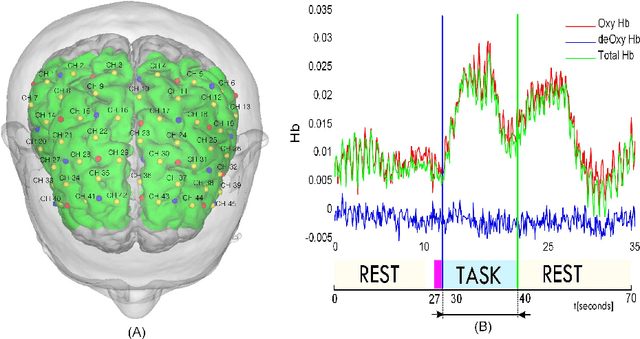Jinung An
A Study on Quantifying Sim2Real Image Gap in Autonomous Driving Simulations Using Lane Segmentation Attention Map Similarity
Jun 18, 2023Abstract:Autonomous driving simulations require highly realistic images. Our preliminary study found that when the CARLA Simulator image was made more like reality by using DCLGAN, the performance of the lane recognition model improved to levels comparable to real-world driving. It was also confirmed that the vehicle's ability to return to the center of the lane after deviating from it improved significantly. However, there is currently no agreed-upon metric for quantitatively evaluating the realism of simulation images. To address this issue, based on the idea that FID (Fr\'echet Inception Distance) measures the feature vector distribution distance using a pre-trained model, this paper proposes a metric that measures the similarity of simulation road images using the attention map from the self-attention distillation process of ENet-SAD. Finally, this paper verified the suitability of the measurement method by applying it to the image of the CARLA map that implemented a realworld autonomous driving test road.
A Study on Stroke Rehabilitation through Task-Oriented Control of a Haptic Device via Near-Infrared Spectroscopy-Based BCI
Apr 14, 2014



Abstract:This paper presents a study in task-oriented approach to stroke rehabilitation by controlling a haptic device via near-infrared spectroscopy-based brain-computer interface (BCI). The task is to command the haptic device to move in opposing directions of leftward and rightward movement. Our study consists of data acquisition, signal preprocessing, and classification. In data acquisition, we conduct experiments based on two different mental tasks: one on pure motor imagery, and another on combined motor imagery and action observation. The experiments were conducted in both offline and online modes. In the signal preprocessing, we use localization method to eliminate channels that are irrelevant to the mental task, as well as perform feature extraction for subsequent classification. We propose multiple support vector machine classifiers with a majority-voting scheme for improved classification results. And lastly, we present test results to demonstrate the efficacy of our proposed approach to possible stroke rehabilitation practice.
Minimizing inter-subject variability in fNIRS based Brain Computer Interfaces via multiple-kernel support vector learning
May 08, 2013Abstract:Brain signal variability in the measurements obtained from different subjects during different sessions significantly deteriorates the accuracy of most brain-computer interface (BCI) systems. Moreover these variabilities, also known as inter-subject or inter-session variabilities, require lengthy calibration sessions before the BCI system can be used. Furthermore, the calibration session has to be repeated for each subject independently and before use of the BCI due to the inter-session variability. In this study, we present an algorithm in order to minimize the above-mentioned variabilities and to overcome the time-consuming and usually error-prone calibration time. Our algorithm is based on linear programming support-vector machines and their extensions to a multiple kernel learning framework. We tackle the inter-subject or -session variability in the feature spaces of the classifiers. This is done by incorporating each subject- or session-specific feature spaces into much richer feature spaces with a set of optimal decision boundaries. Each decision boundary represents the subject- or a session specific spatio-temporal variabilities of neural signals. Consequently, a single classifier with multiple feature spaces will generalize well to new unseen test patterns even without the calibration steps. We demonstrate that classifiers maintain good performances even under the presence of a large degree of BCI variability. The present study analyzes BCI variability related to oxy-hemoglobin neural signals measured using a functional near-infrared spectroscopy.
 Add to Chrome
Add to Chrome Add to Firefox
Add to Firefox Add to Edge
Add to Edge